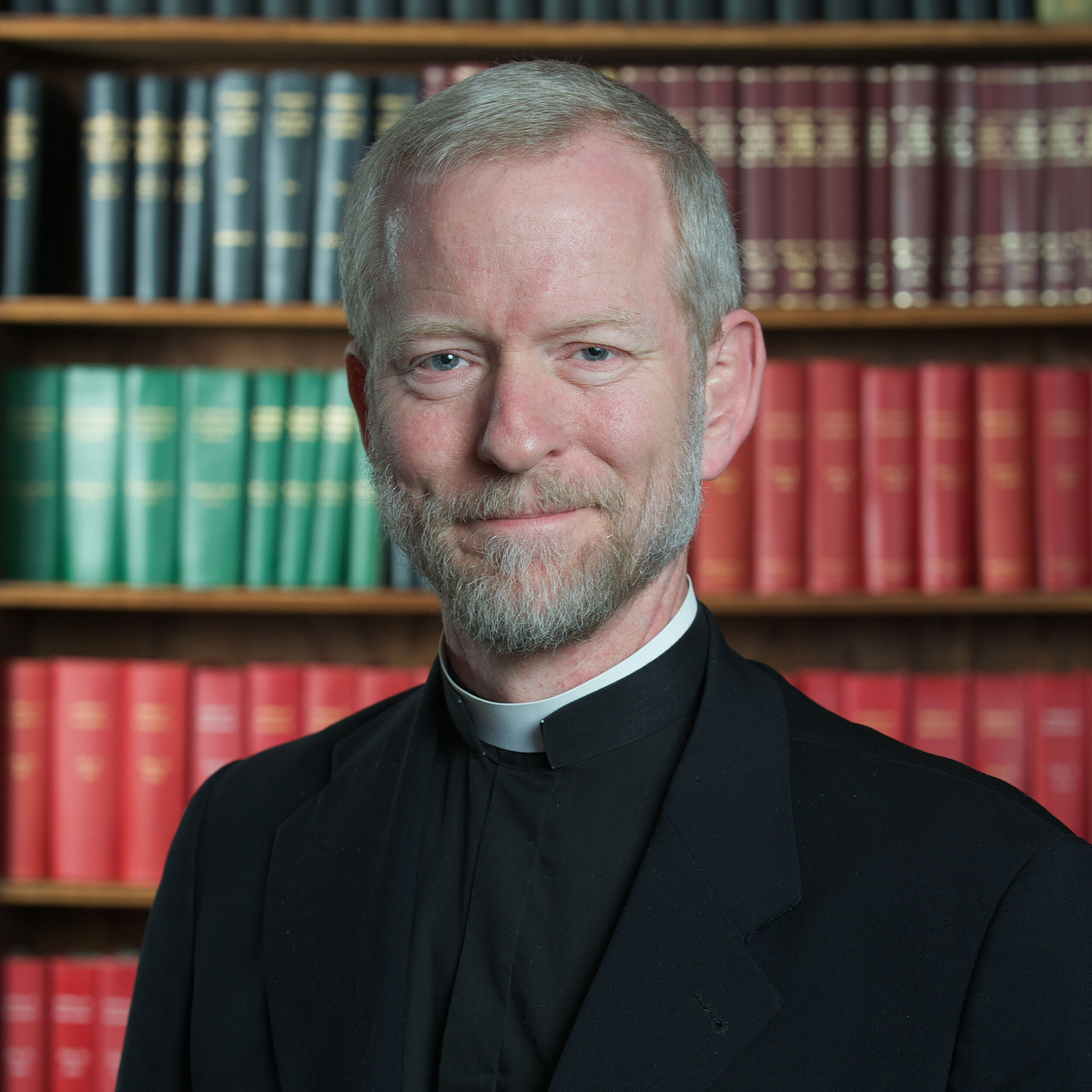Making Sense of Bioethics: Column 171: Palliative Sedation While Approaching Death
Because suffering almost always imposes itself on us during life, and especially at the end of life, it can be helpful to reflect on the need to accept some personal suffering as we die, even as we recognize the importance of palliative steps and other comfort measures.
In the last week of life, more than 90 percent of patients require medical management of symptoms such as pain, nausea, delirium, spasmodic contractions of muscles, vomiting, hallucinations, or generalized agitation.
Many of these symptoms can be addressed with medication, and serious pain can often be managed with powerful opioids like morphine or fentanyl. These remarkable drugs, however, call for discernment in their use because at higher dosages, they can limit mental clarity and induce an extended semi-dreamland state as death approaches.
The U.S. Catholic bishops offer an important observation about participating in our own dying process in their Ethical and Religious Directives. “Since a person has the right to prepare for his or her death while fully conscious,” it says, “he or she should not be deprived of consciousness without a compelling reason.”
In some cases, the harsh symp-toms associated with dying may prove refractory to treatments, prompting physicians to consider, during a patient’s final stretch of days, the possibility of a globalized form of sedation known as “palliative sedation.” This approach, which relies on the monitored use of sedatives, barbiturates, neuroleptics, benzodiazepines or other anesthetic medications, entirely deprives the patient of consciousness as he or she enters into a deep comatose state until death. One concern is that the reception of the sacraments, whether confession, the anointing of the sick or the Eucharist/Viaticum becomes problematic for an unconscious person.
This purposeful and complete shutting down of consciousness also raises broader ethical and spiritual concerns about categorically precluding participation in one’s death, as well as the last days of life.
While for some dying patients, severe pain can almost entirely preclude their ability to think, once the intensity of their pain has been moderated, the possibility of reflection returns, as the mind no longer focuses on mere survival. Medications can thus be helpful to dying patients by keeping the harmful effects of pain within narrower limits. The decision, however, definitively to shut down, through palliative sedation, that very faculty by which we exercise the conscious “parenting of our actions” surely requires the gravest of motives.
St. John Paul II once remarked that the meaning of suffering has been revealed to man in the cross of Jesus Christ. The Church has indeed ascribed a certain primacy to the way he endured and sanctified the sorrowful and painful events surrounding his crucifixion, even before his preaching and teaching, or his healing and forgiving. Through those final sufferings, Jesus brought about the redemption of humanity and the entirety of creation.
Paradoxically, his redemptive activity upon the gibbet of the Cross was pre-eminently an inward, internalized movement of his will. Since he could not so much as budge a limb, his chief action and motion upon the Cross was the surrender of his innermost being, embracing and assenting fully to God the Father’s designs. His example reminds us how the movement from external activity to the acceptance of God’s will, from outward action in the world to inward activity of the soul, is one the most important spiritual steps we can take during our life’s journey.
When Christians speak of “the value of redemptive suffering,” they are hinting at how, even in the midst of great personal suffering, human activity can be reoriented from that corporal, outward-looking glance to an inward, spiritually-directed transcendence.
The inward movement of our being in our final days and hours can involve a kind of transformation or conversion, sometimes quite dramatic, as in the case of the good thief. It can involve a contemplative internalization of the mysteries of human existence, a stripping away of everything, and a period of “rending naked” the soul.
That’s why it is so important for us not to be entirely deprived of our consciousness except for the most extreme reasons. That’s why it’s so important for us to be prepared to learn how to endure some pain so that we can more fully cooperate with the redemptive meaning of suffering.
Our concluding time on earth may thus serve an important role in our own eschatological fulfillment. Our last days and hours can also powerfully affect the course of that fulfillment in others around us, as occurred in the lives of various bystanders on that historic day on Calvary. When we find ourselves nailed to our hospital bed, it can become an important personal moment for us to engage the possibility of a spiritual transformation opening before us, as we pass through the pains of childbirth to the joy of new life (Jn 16:21).
Copyright © 2020, The National Catholic Bioethics Center, Philadelphia, PA. All rights reserved.

